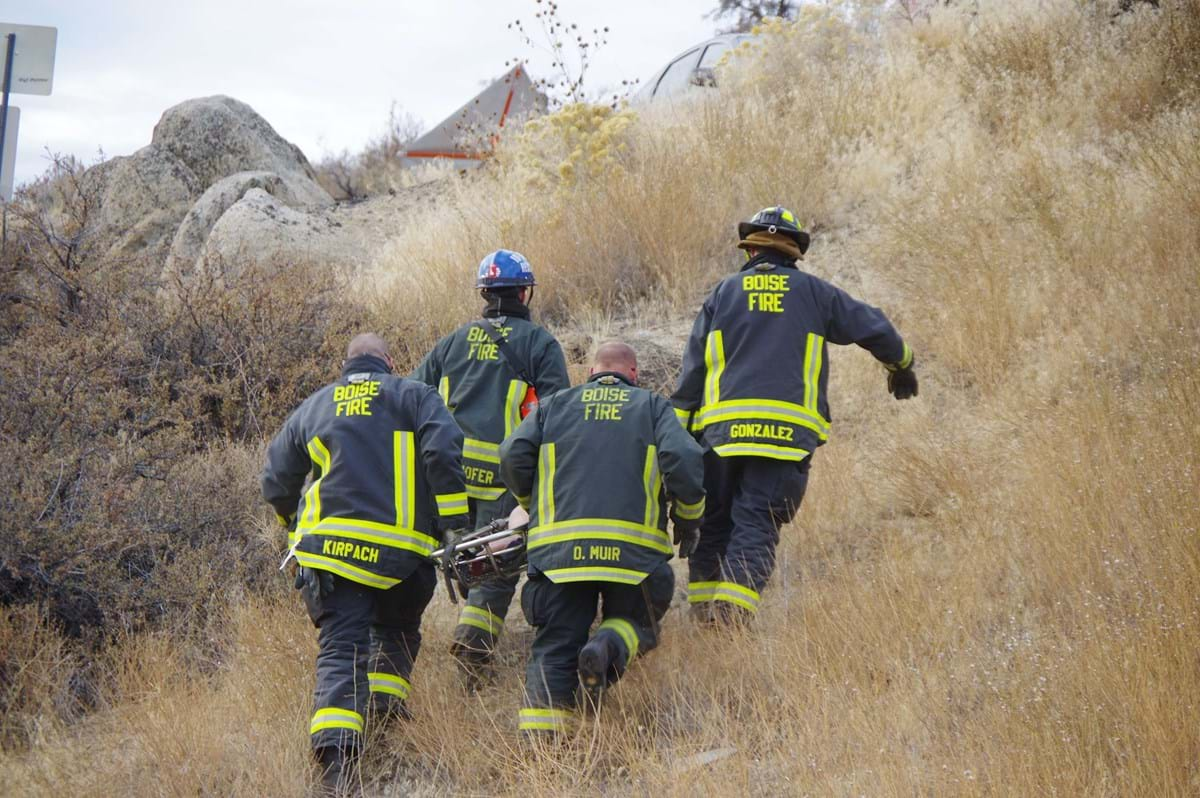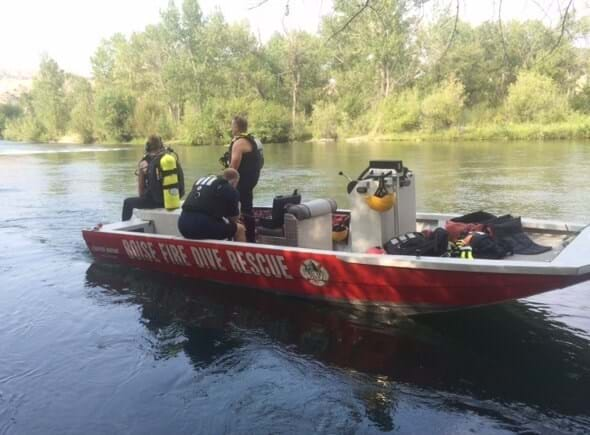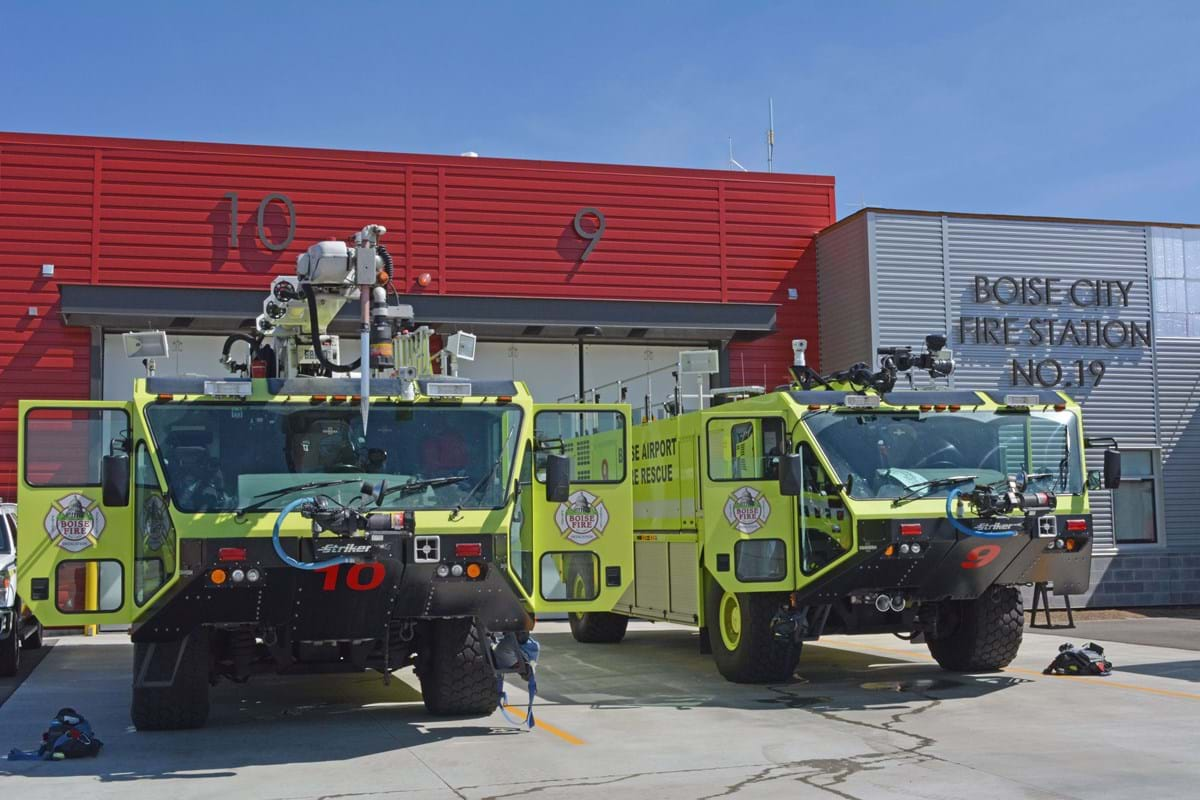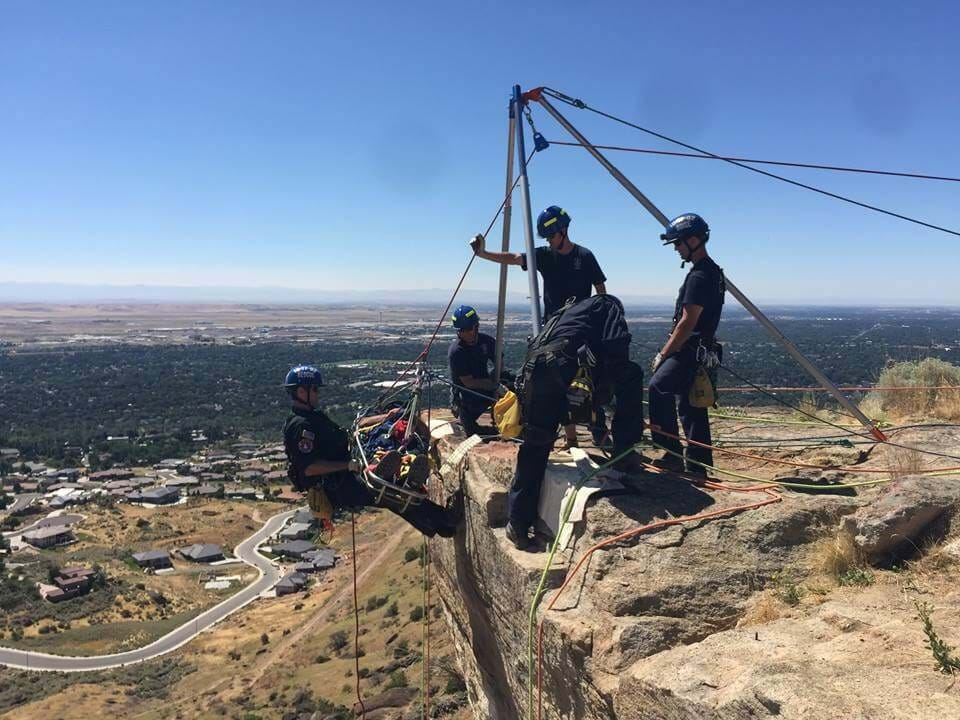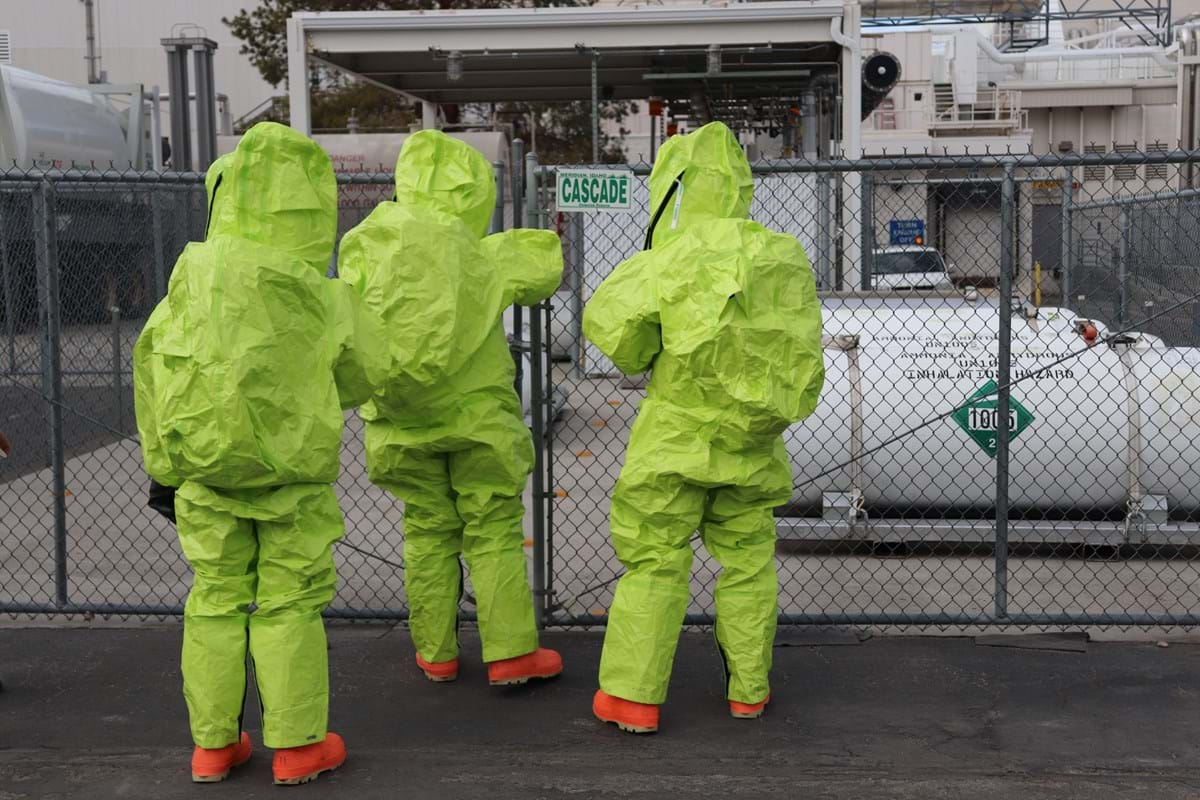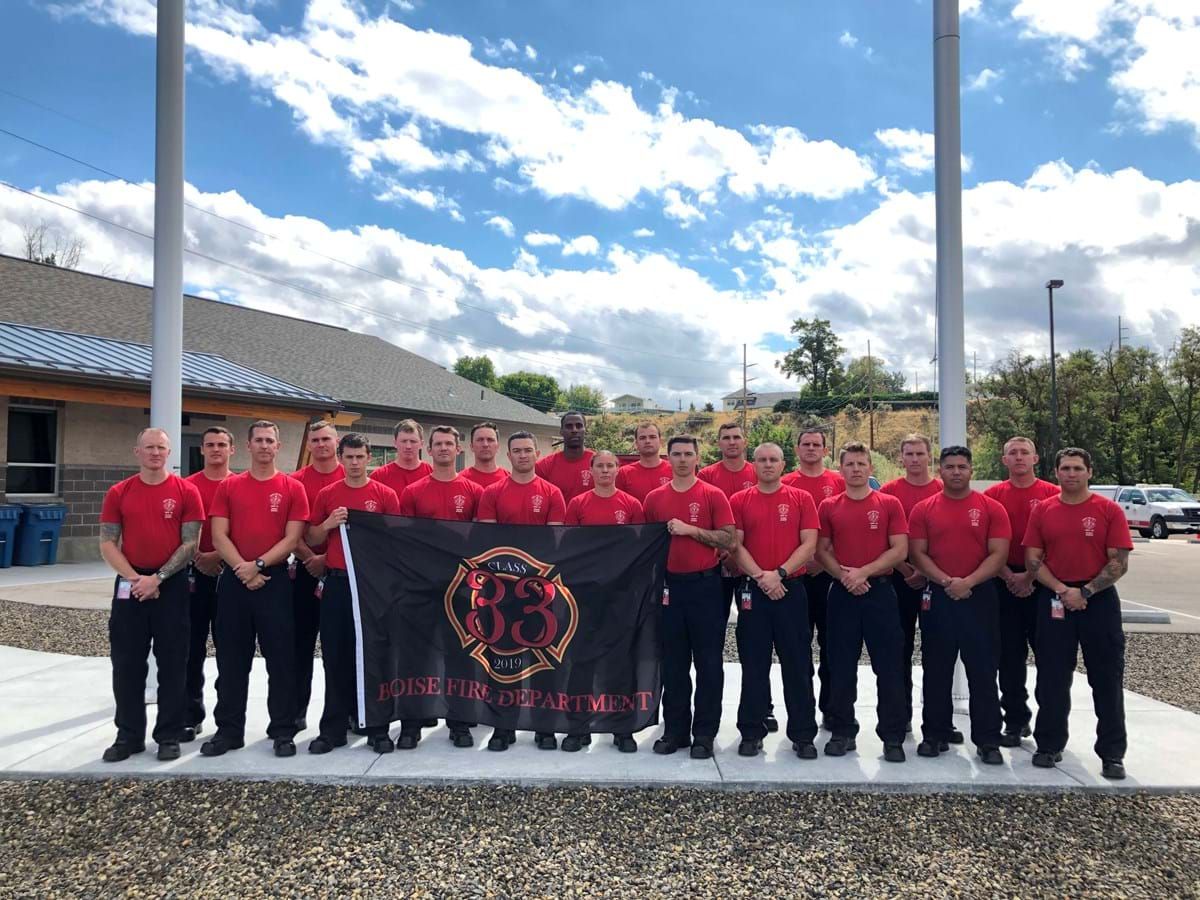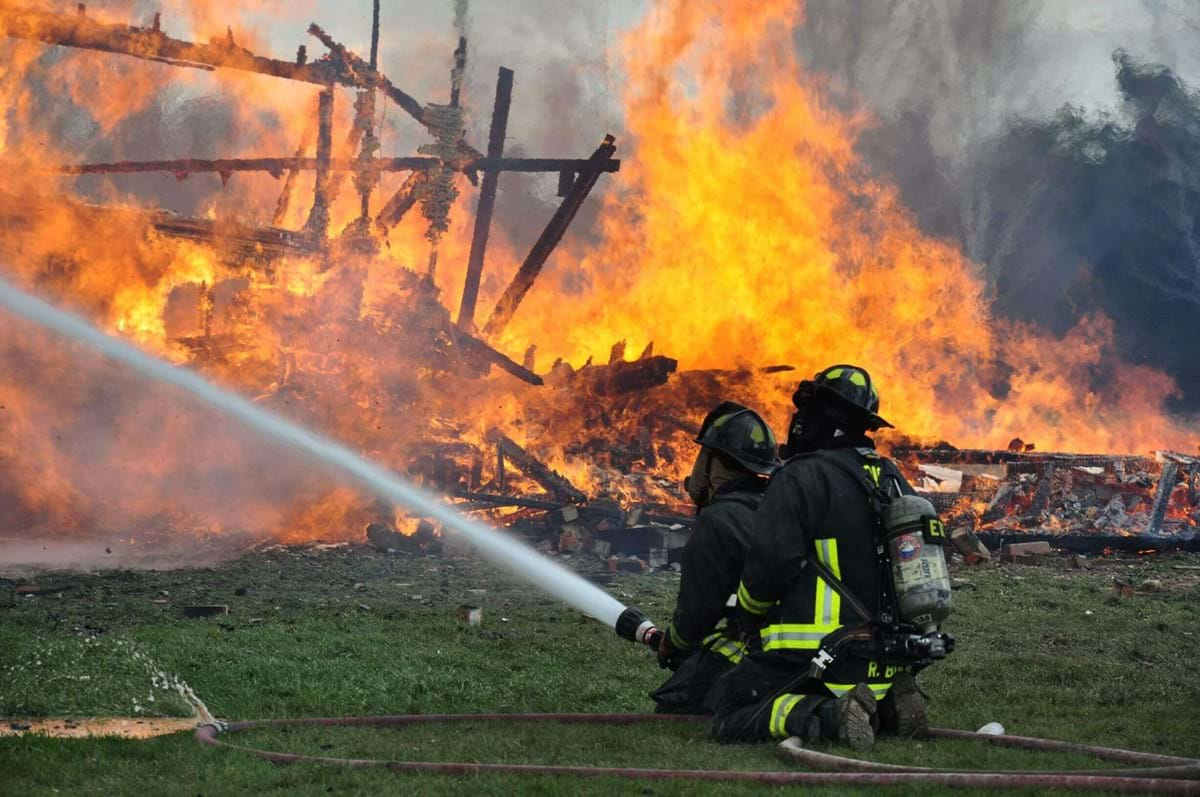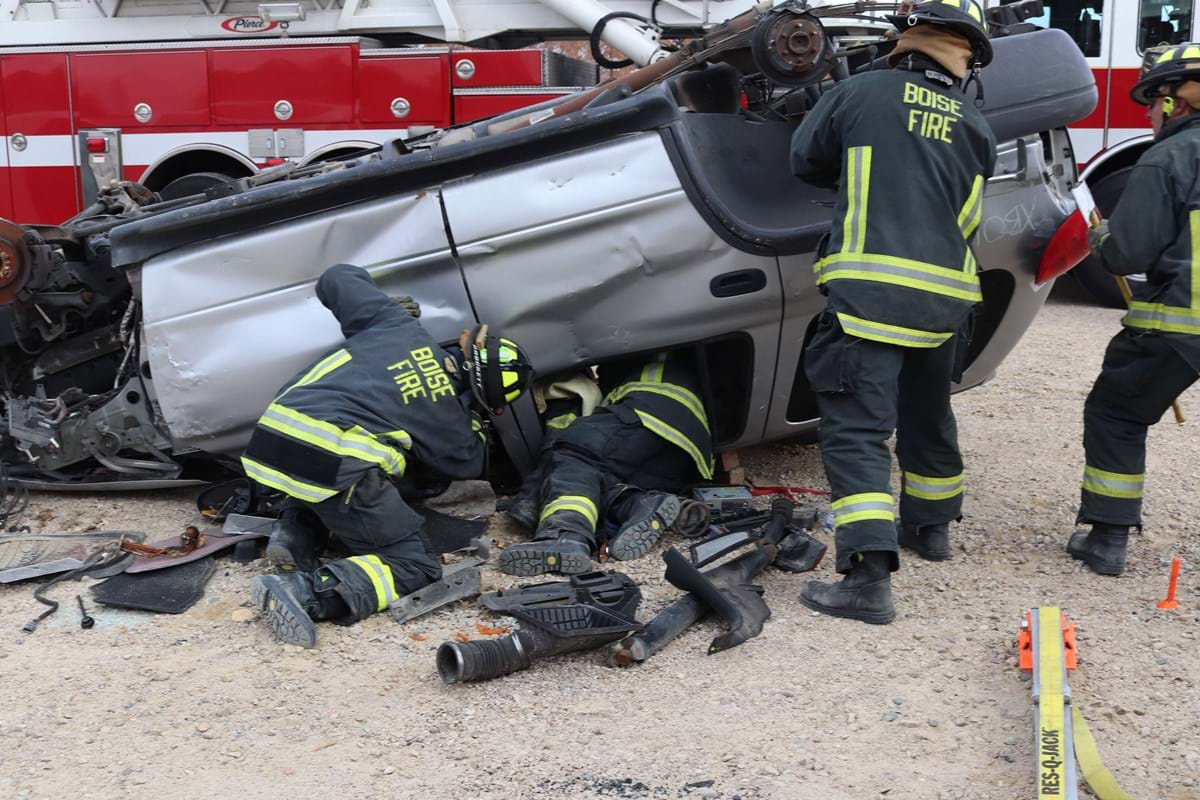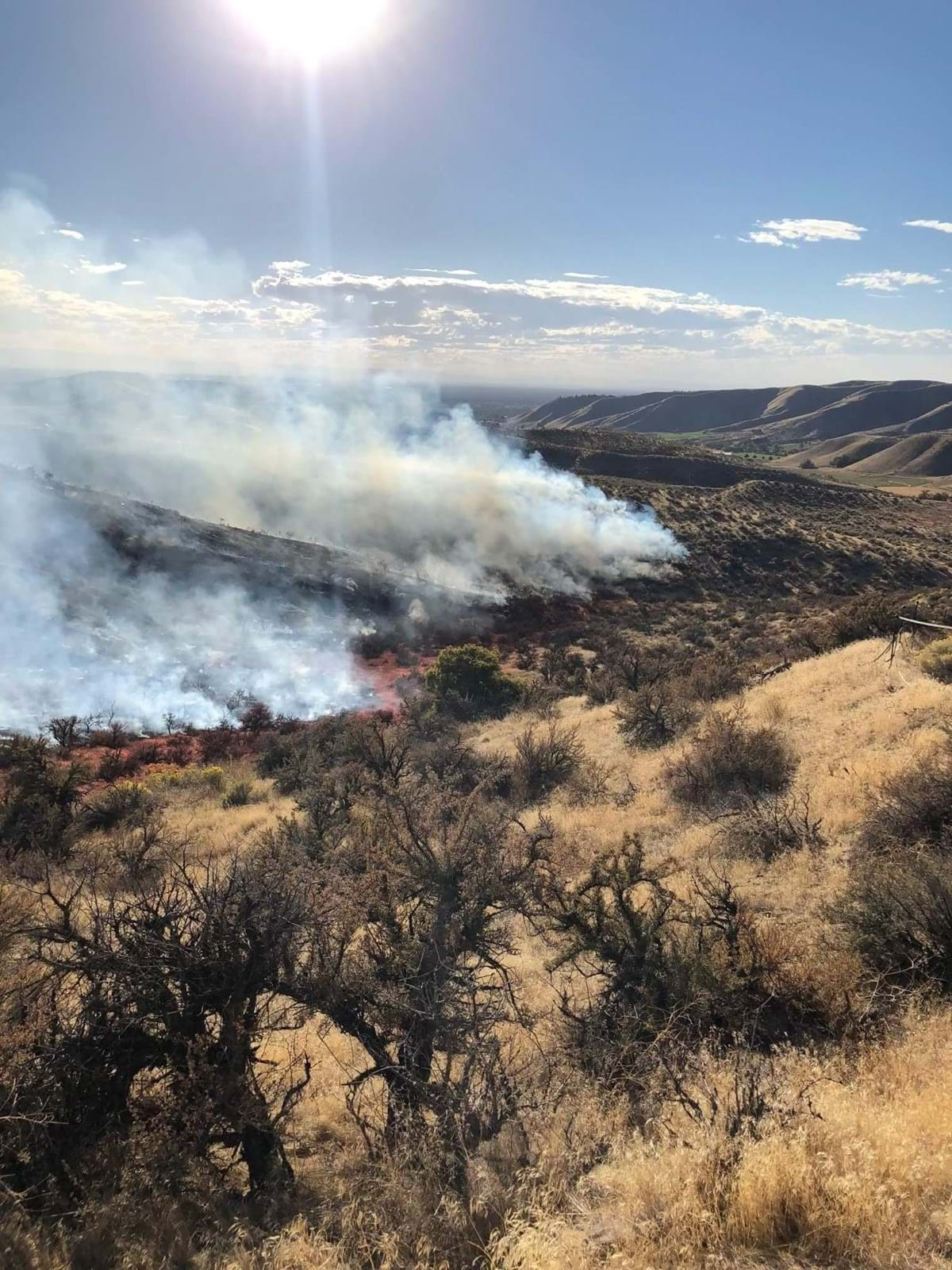The Boise Fire Department's Operations Division is staffed by approximately 250 firefighters living in 18 fire stations. The firefighters operate within a rotating three platoon system working a 48-hour tour of duty every 6 days. The city is divided into 3 battalions operating 16 engine companies, 3 truck companies (aerial apparatus) and 3 aircraft rescue and firefighting (ARFF) apparatus 24 hours a day, 365 days a year.
Our firefighters train for and respond to a wide variety of 911 emergencies across the region. These responses include all fires (structural, wildland, vehicle, aircraft, dumpster, etc.), motor vehicle accidents, downed powerlines, surface and sub-surface water rescues, hazardous material releases, and technical rescues (trench and structural collapses, machinery entrapments, and high-angle or confined space rescues). This all-hazards response requires extensive training, preparation, and equipment. Additionally, our strategically positioned firefighters provide a rapid response to medical emergencies where they provide both basic and advanced life support services.
